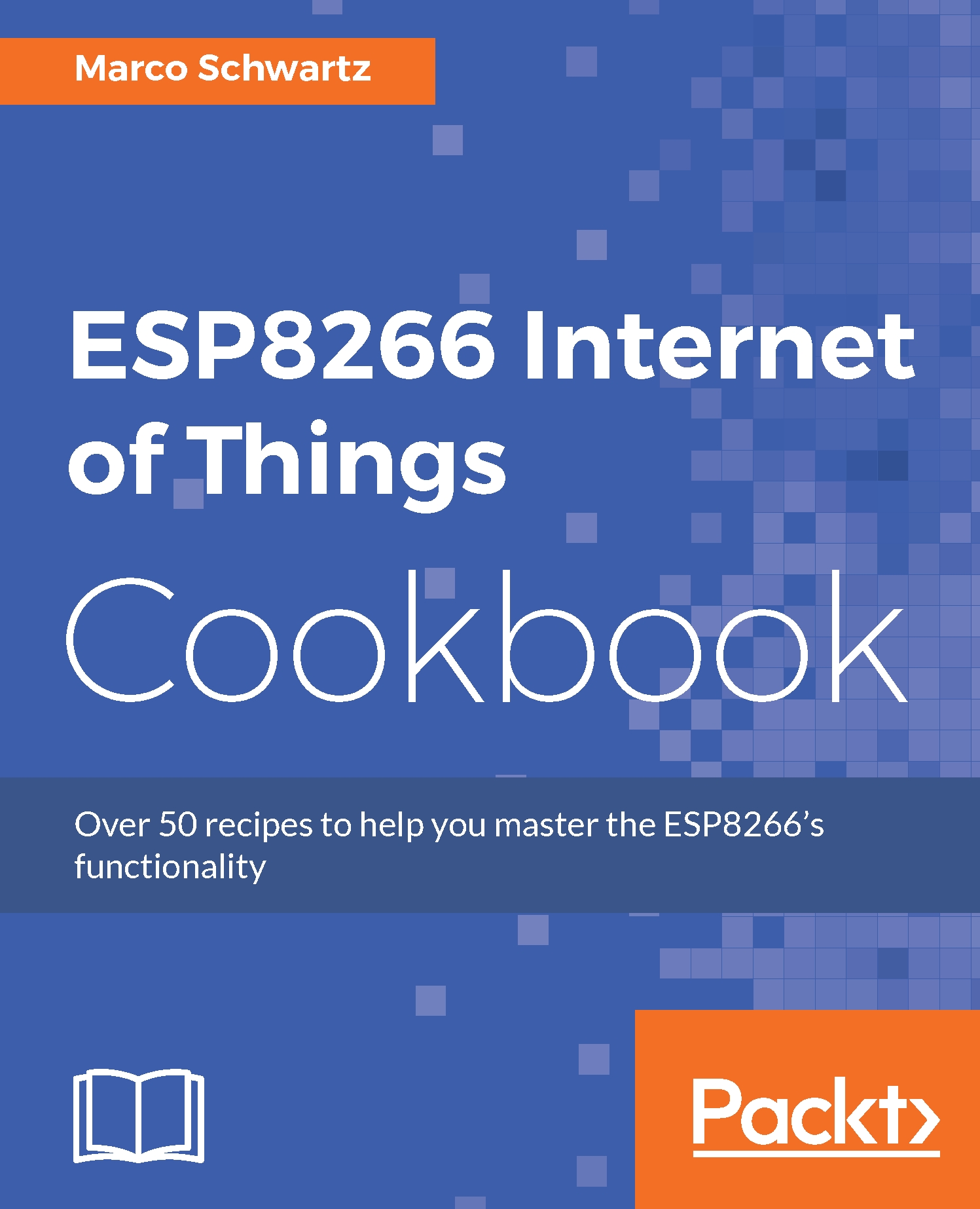Sending text message notifications
Getting text message notifications is probably the most reliable way to deliver real-time data and information. This is because the phone doesn't need an Internet connection to receive the notifications. With IFTTT, you can use your ESP8266 board to send text messages from your IoT projects to your phone. To demonstrate this, we will send text message notifications to a phone from the ESP8266, when the temperature measurement from the DHT11 sensor goes below 30 degrees Celsius.
Getting ready
You will use a hardware setup similar to the one in Automation with IFTTT. Also, you will have to set up the SMS service on IFTTT.
How to do it…
Create a new applet on IFTTT and click on this to select the service that is going to be monitored. Select the Maker service and configure it (refer back to Automation with IFTTT).
Note
Remember to call the event
temperature_low. If you change the event name, you have to also change it in the Arduino code.Once the setup is complete...




































































